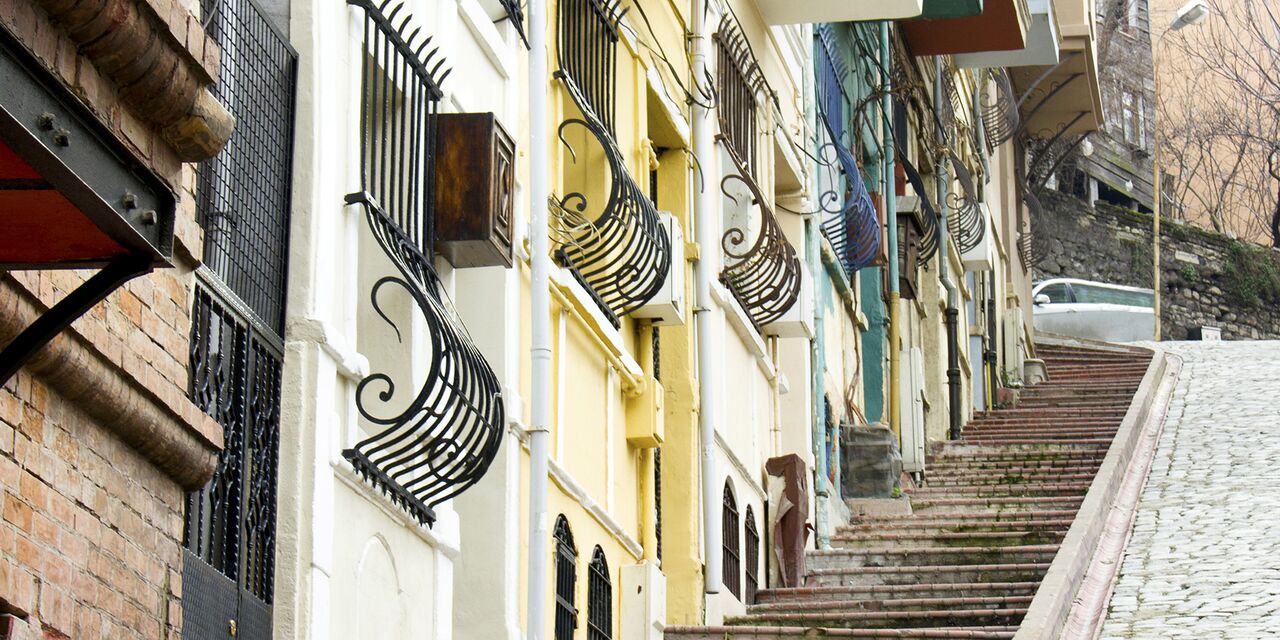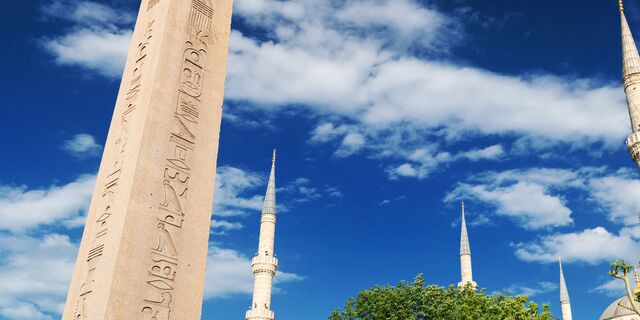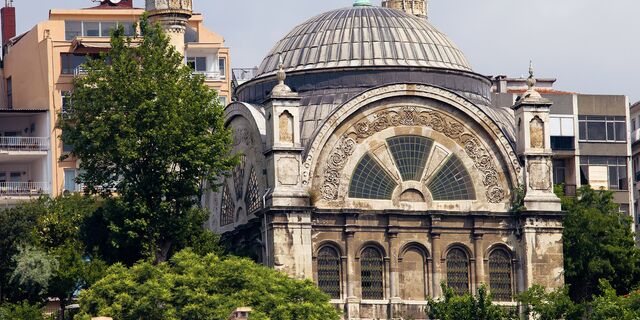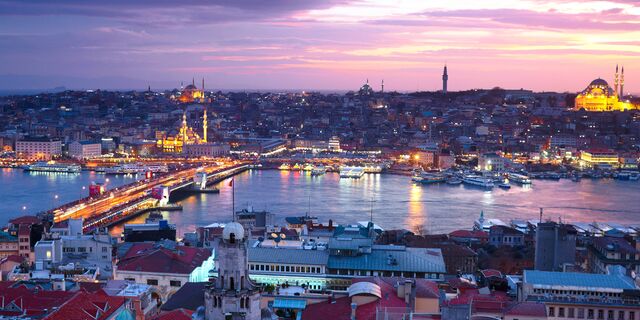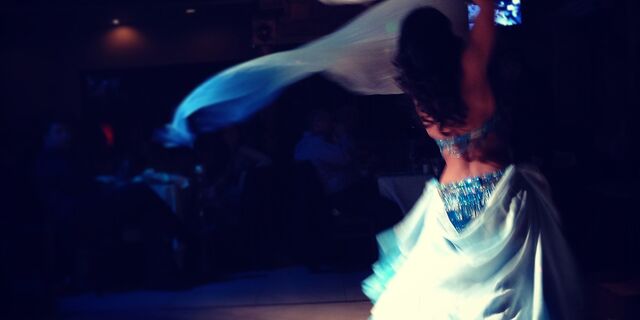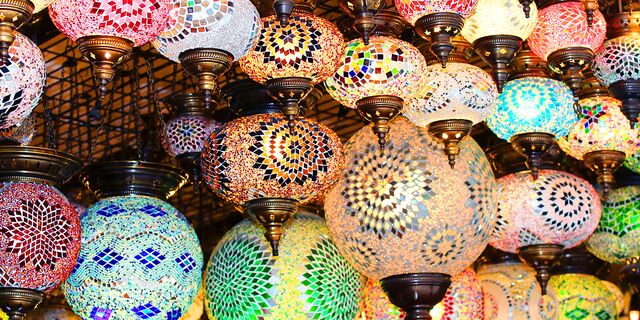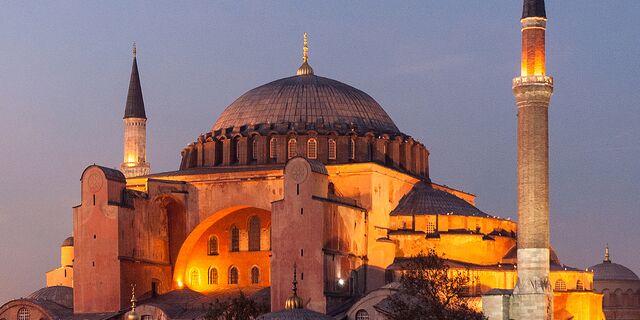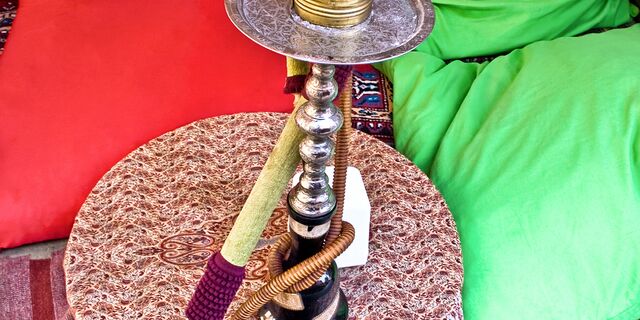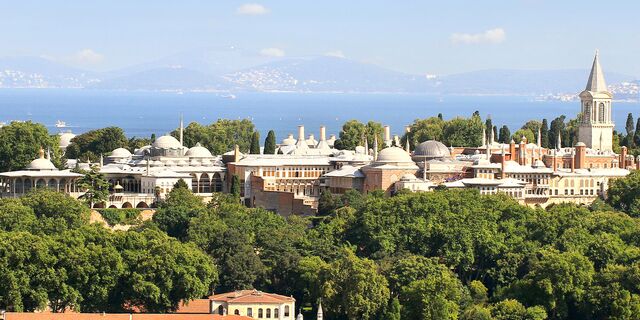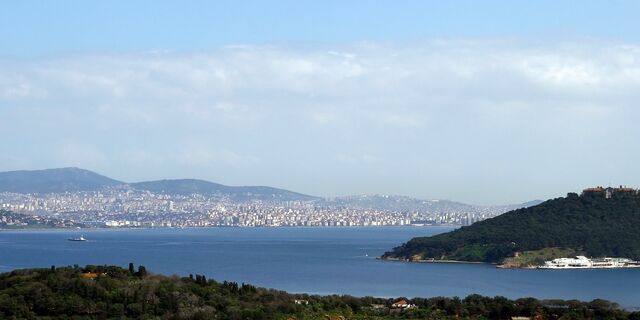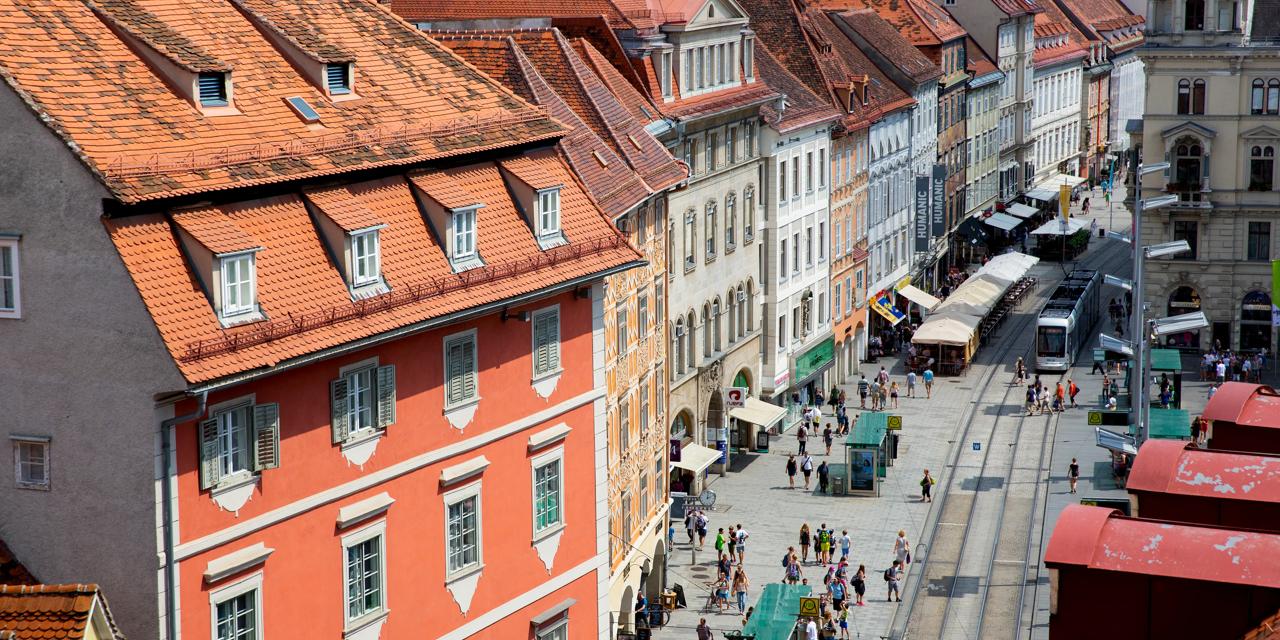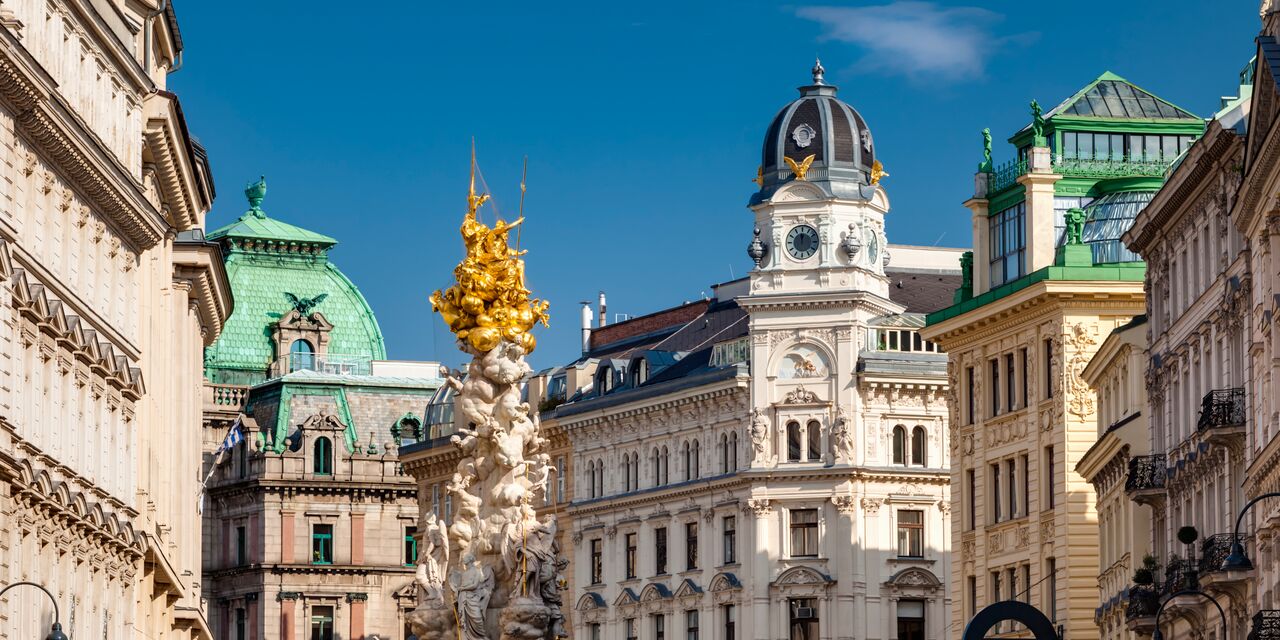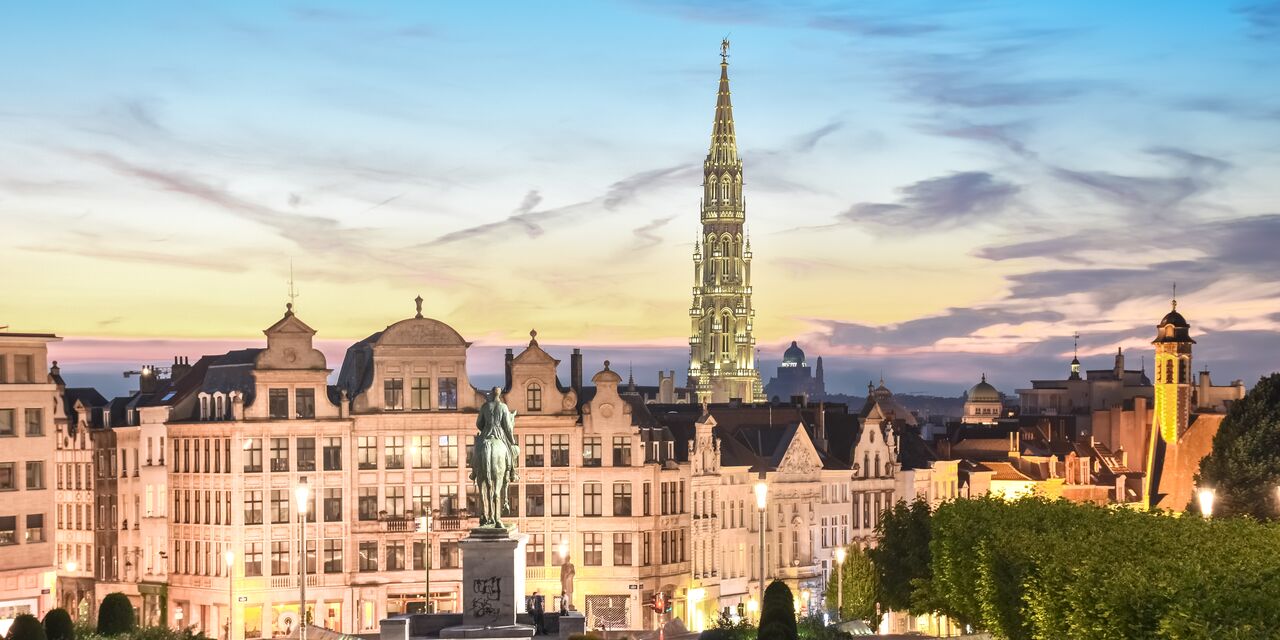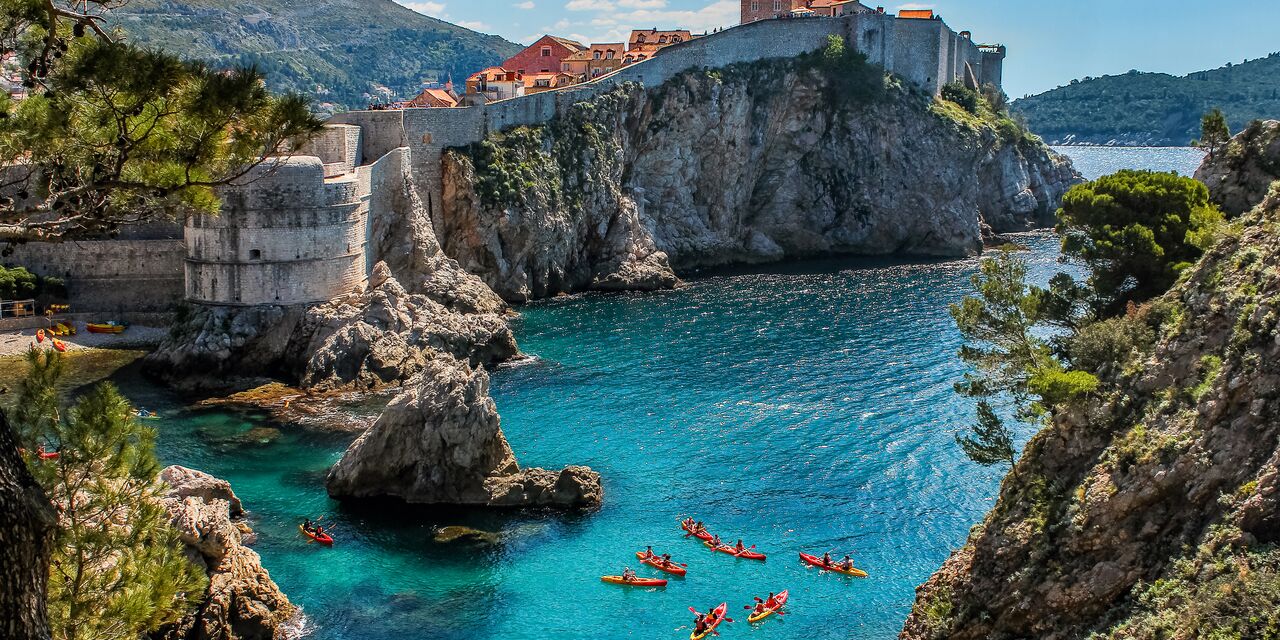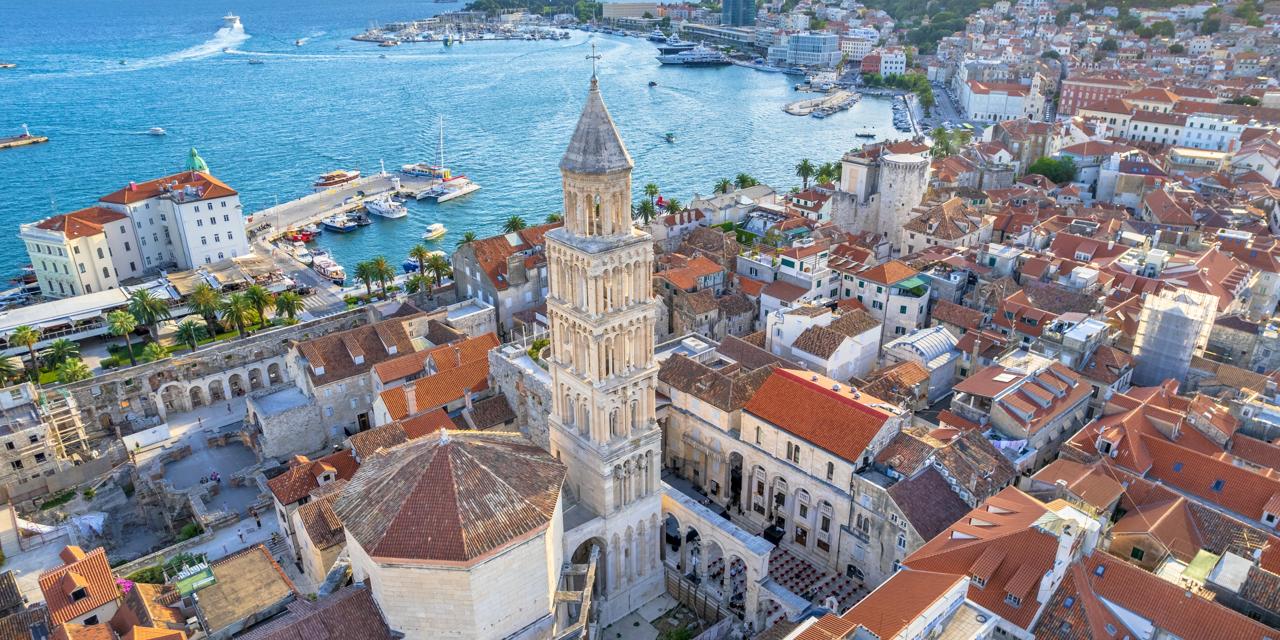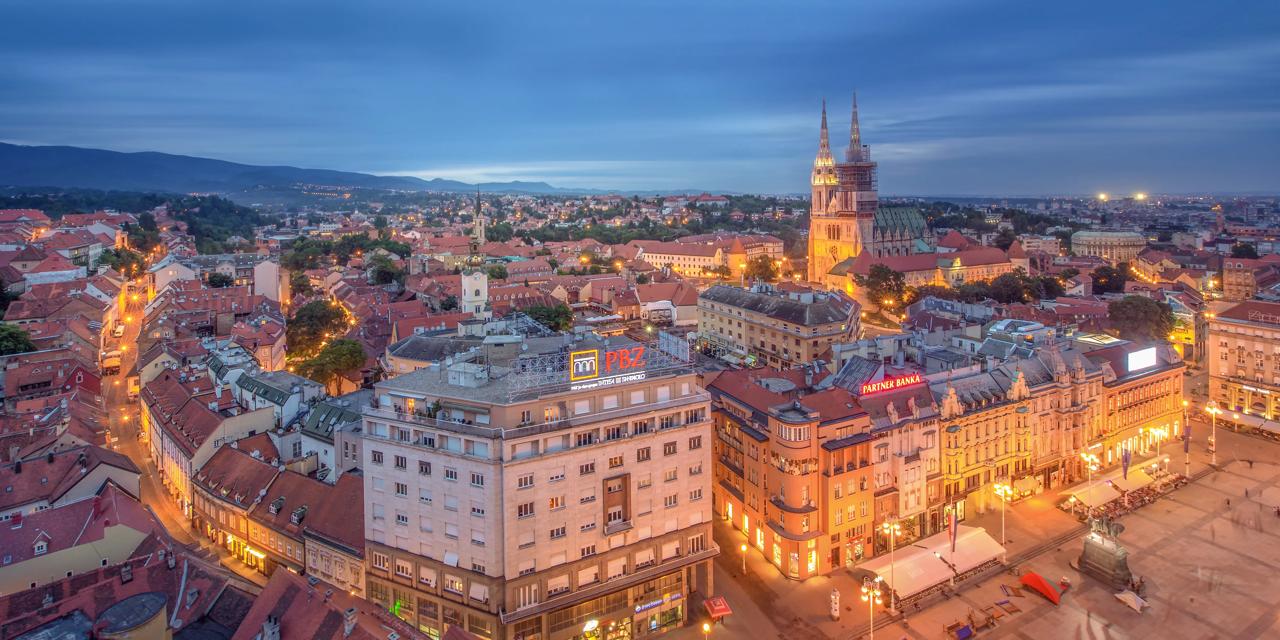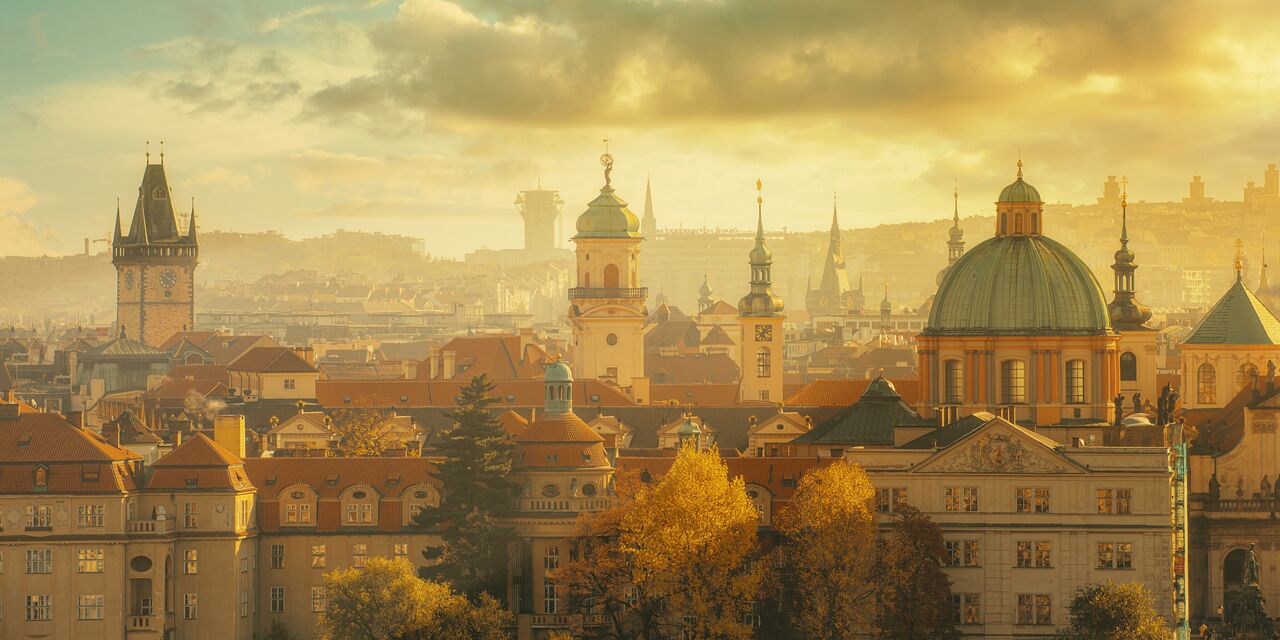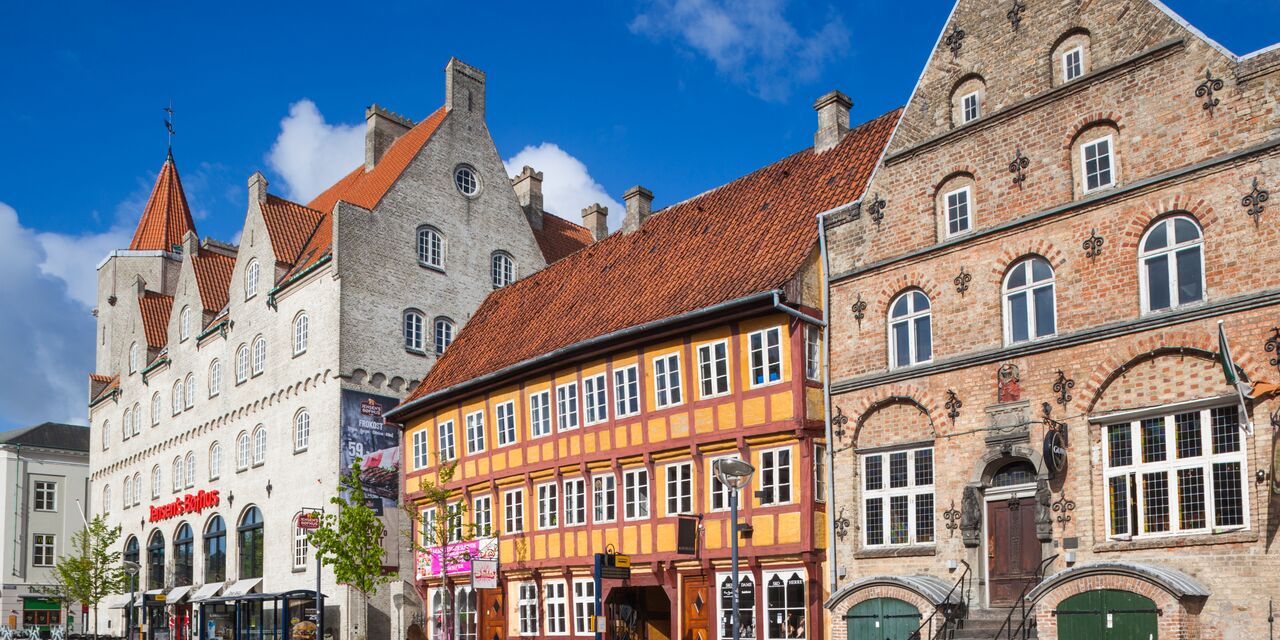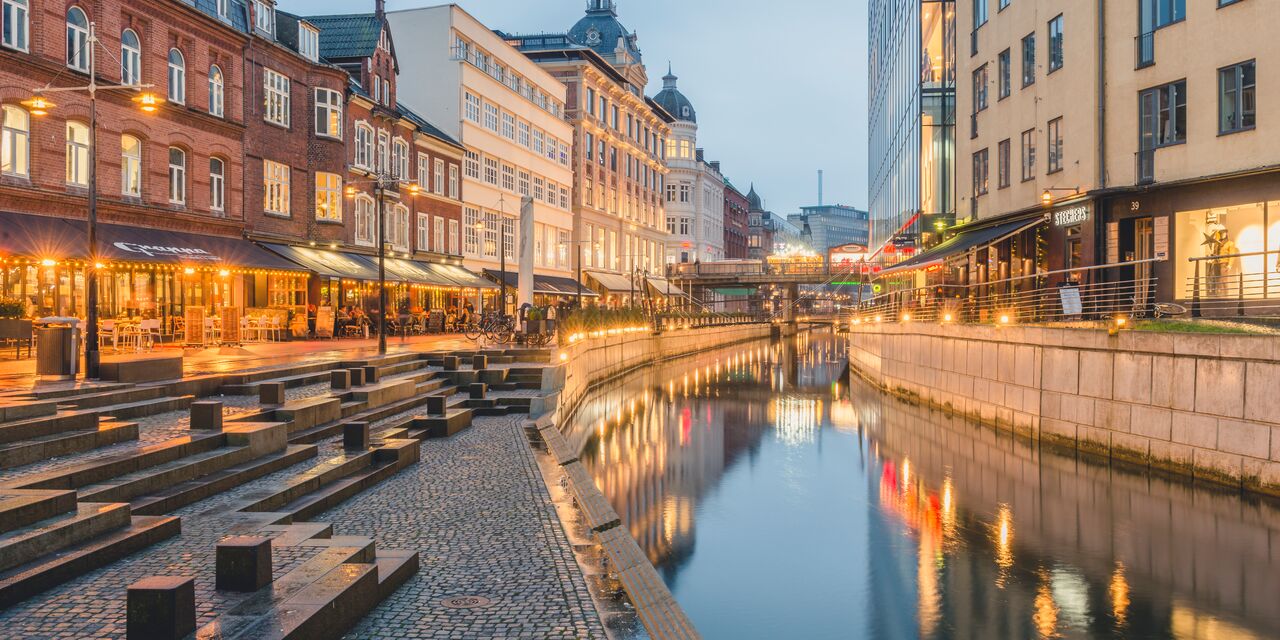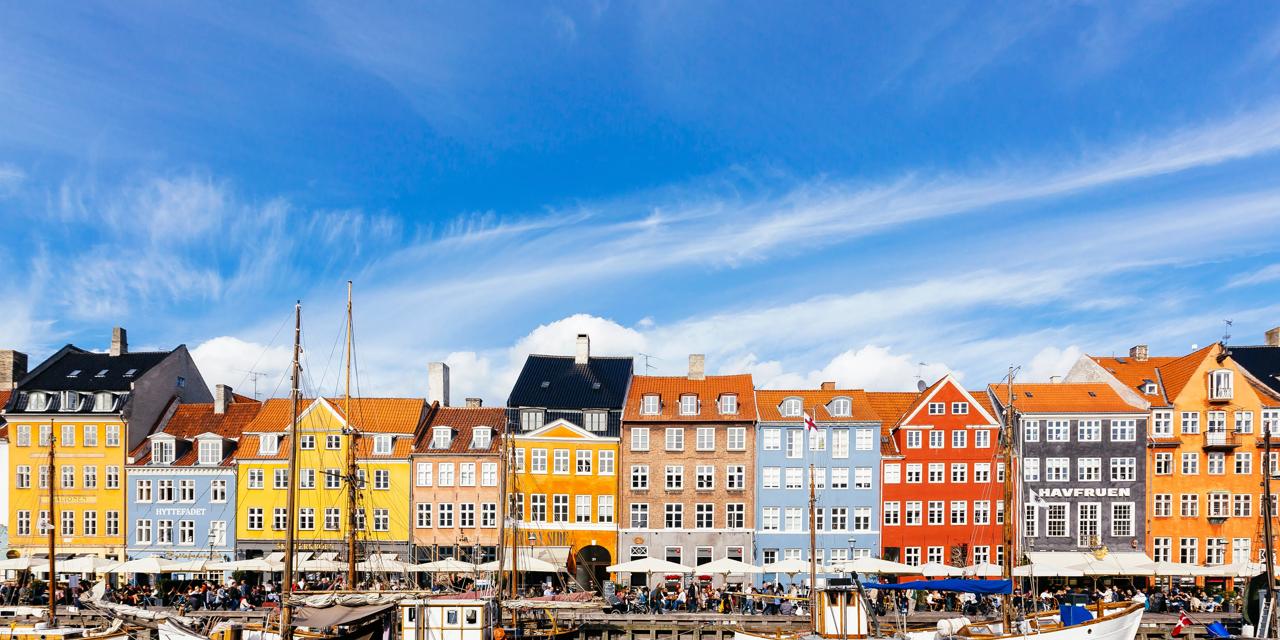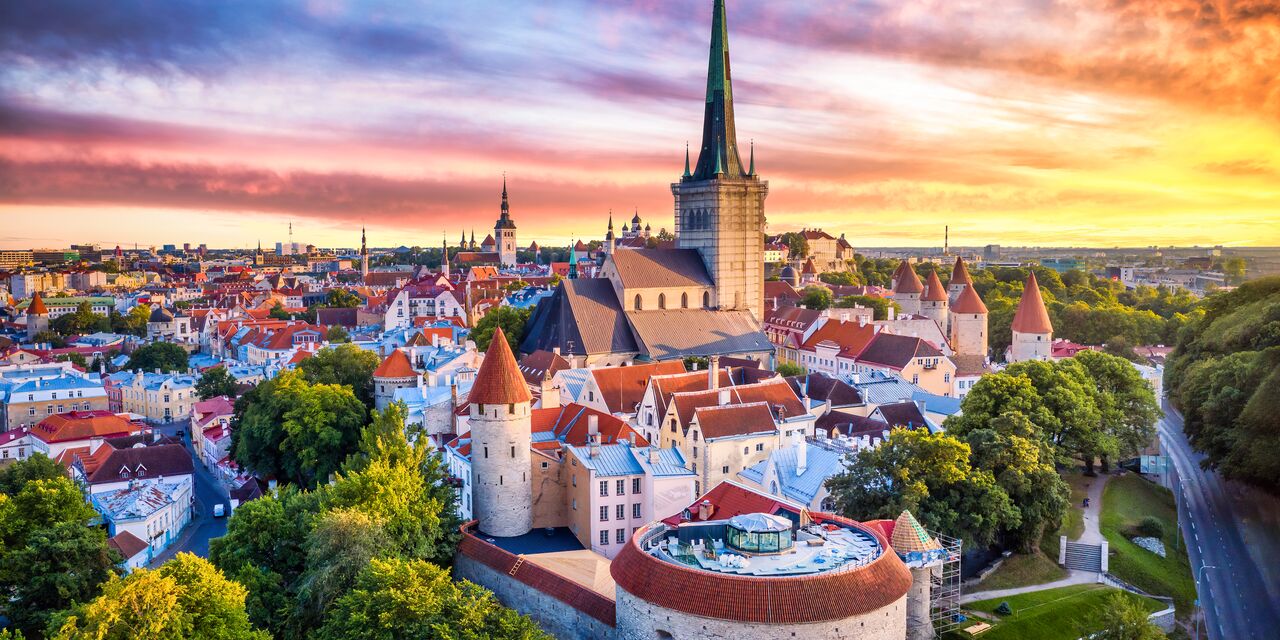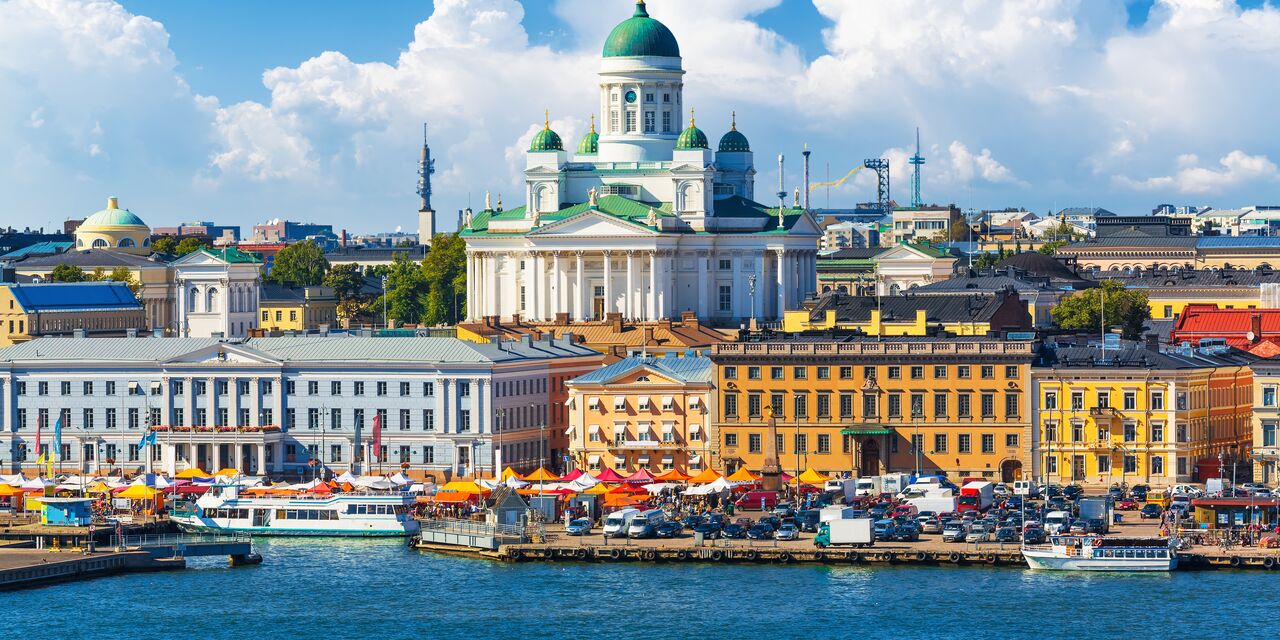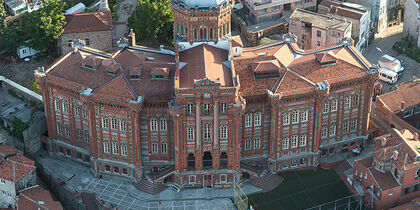
A working class neighbourhood with a rich past
Today the residents of Fener and Balat are predominantly Muslim, but in the past these neighbourhoods were mostly inhabited by Jews and Greeks. In the Byzantine period, a growing number of Greeks settled in Fener as it was the seat of the Greek Patriarchate and there was an Orthodox Church. In the 17th century, the rich bourgeoisie built stone houses with ornately decorated gables. When the Jews began to move into the old wooden houses, Balat became the city’s Jewish quarter. Despite the wealthy past, these neighbourhoods are hardly a polished open-air museum. By the end of the 19th century, the wealthy Jews and Greeks moved away and new generations of migrants from other areas in Turkey made this neighbourhood their home. Gradually the neighbourhood became a friendly working-class district, with historic homes, sacred monuments and children playing football on the street. With UNESCO funds and assistance, some of the historic houses and buildings have been renovated, but many buildings are still crying out for a thorough restoration. The charm of Fener and Balat lies not only in its bustling Turkish ambiance. It is the melancholy, the memory of a bygone era that makes this neighbourhood worth visiting. The faded glory of its streets is especially photogenic in the early morning light or at sundown.

Typically Turkish
Balat and Fener can easily be visited during one morning or afternoon. Pause for a cup of Turkish tea in Mekteb-i (Akcin Sok 3/A, Fener). For a delicious lunch or dinner visit Tarihi Halic (Abdulezel Pasa Caddesi 117, Fener): this restaurant with a fabulous rooftop view of the Golden Horn serves traditional dishes such as garlic soup and kebab. For home-made ice cream and real Turkish Delight, stop by Merkez Sekercisi (Leblebiciler Sok 33, Balat).

